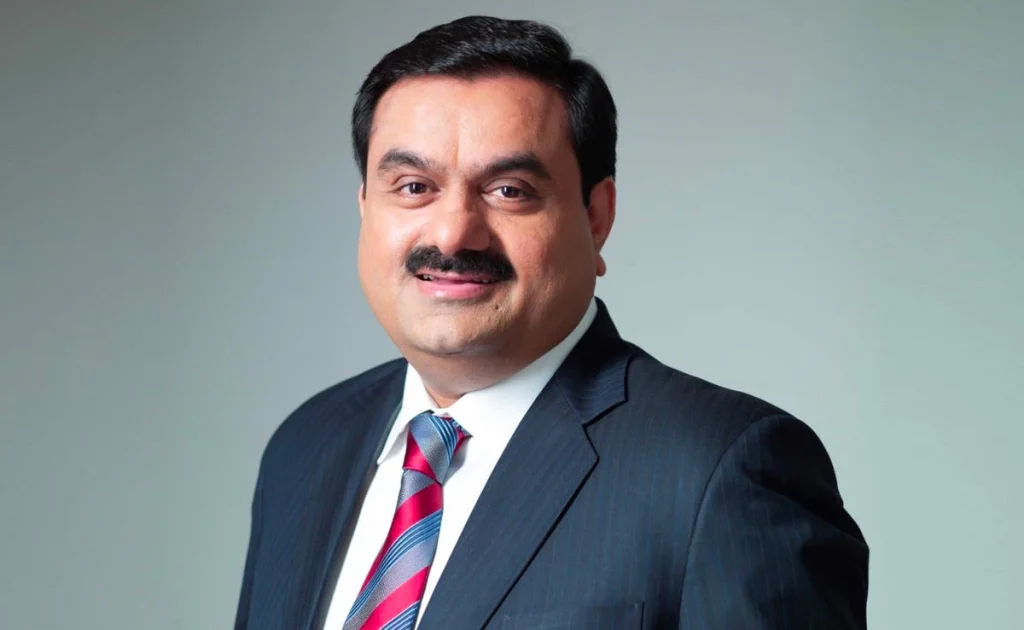Adani Group Launches City-Side Development Projects at 8 Airports Covering 655 Acres
The Adani Group has launched an ambitious three-phase city-side development initiative across eight major Indian airports, aiming to transform these hubs into vibrant urban ecosystems. The plan spans 655 acres, focusing on building integrated commercial and leisure infrastructure beyond the terminal zones.

The airports included in this initiative are:
- Mumbai
- Navi Mumbai
- Ahmedabad
- Lucknow
- Jaipur
- Guwahati
- Bengaluru
- Thiruvananthapuram
Phase-1: The First Push
Phase-1 covers 114 acres, with nearly 40%—about 50 acres—allocated to Mumbai and Navi Mumbai. These spaces will house premium hotels, retail outlets, food and beverage zones, office spaces, and entertainment centers, all aimed at enhancing the city-side experience for travelers and local residents alike.
The remaining 60–65 acres in Phase-1 will be developed across the other six airports. According to Jugeshinder Singh, CFO of Adani Enterprises, the infrastructure mix will vary in future phases depending on business potential and location-specific demand.
This initiative is part of Adani Group’s broader strategy to build airport-centric economic zones, boosting employment, tourism, and last-mile connectivity in major cities.
Future Outlook & Navi Mumbai Airport Update
The city-side projects are being executed in tandem with brownfield upgrades at existing airports. Meanwhile, the Navi Mumbai International Airport, one of the group’s flagship greenfield projects, is on track for operational clearance by October 2025, adding to the momentum.
These developments are aligned with India’s vision to modernize airport infrastructure and leverage public-private partnerships for long-term economic growth.
Financials & Performance Snapshot
Adani Airports Holdings Ltd. posted a revenue of ₹10,224 crore in Q1 FY26, serving 23.4 million passengers during the quarter. While passenger traffic remained strong, global trade disruptions and underperformance in other verticals affected margins, with net profit down 45% year-on-year.
Despite this, the airport vertical remains a core focus area for the Adani Group, especially in light of growing domestic air travel demand and India’s emergence as a global aviation hub.
Why It Matters
This move marks a major shift in how Indian airports are being perceived—not just as travel hubs but as urban commercial centers. With this model, Adani aims to bring airport city concepts (popular in global hubs like Singapore and Dubai) to the Indian subcontinent.
These city-side zones are expected to:
- Improve non-aeronautical revenue
- Attract urban investments
- Offer premium traveler amenities
- Support smart city integration and transit-oriented development
As air traffic in India continues to rise, these projects could set a precedent for next-gen airport infrastructure—blending travel, business, leisure, and commerce.
